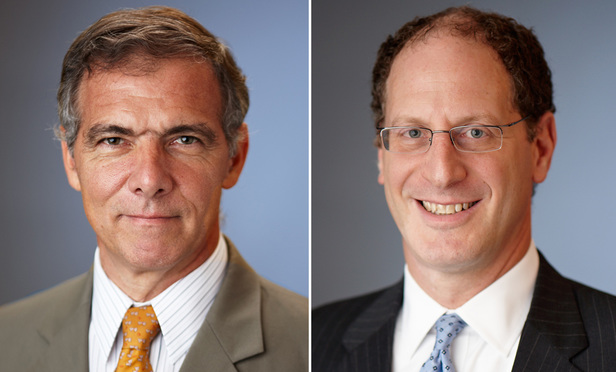The SEC has sought ways to avoid the broad application of the so-called “fallback” five-year statute of limitations since federal courts began applying it to SEC enforcement actions in 1996.1 In 2013, the Supreme Court rejected the agency’s attempts to extend the five-year period by utilizing the fraud discovery rule to toll the statute until the SEC “discovered” the misconduct. The SEC also consistently has asserted that no statute of limitations applies to actions seeking equitable relief, which the agency insists includes claims for disgorgement. Last month, the court granted certiorari in Kokesh v. SEC, 834 F.3d 1158 (10th Cir. 2016), to settle the issue of whether the five-year statute of limitations applies to the SEC’s ability to recoup disgorgement.
Setting the table for Supreme Court review, federal courts that have considered the issue disagree on the essential nature of the disgorgement remedy. Specifically, courts differ on whether disgorgement is a punitive remedy, intended to punish a defendant, and, therefore, covered by the five-year limitations period established by §2462 of Title 28, or an equitable remedy that seeks the return of illegal profits and, therefore, falls beyond the statute. Given the SEC’s increasing reliance on civil disgorgement actions to secure financial recoveries and the expansive breadth of rulings delineating what a defendant can be required to disgorge, the Supreme Court’s decision will have a significant impact on the SEC’s enforcement practice and defendants’ financial exposure in such cases. Kokesh exemplifies how high the stakes of the court’s decision can be—more than 85 percent of the disgorgement sought by the SEC in that case falls outside the five-year statutory limit.



